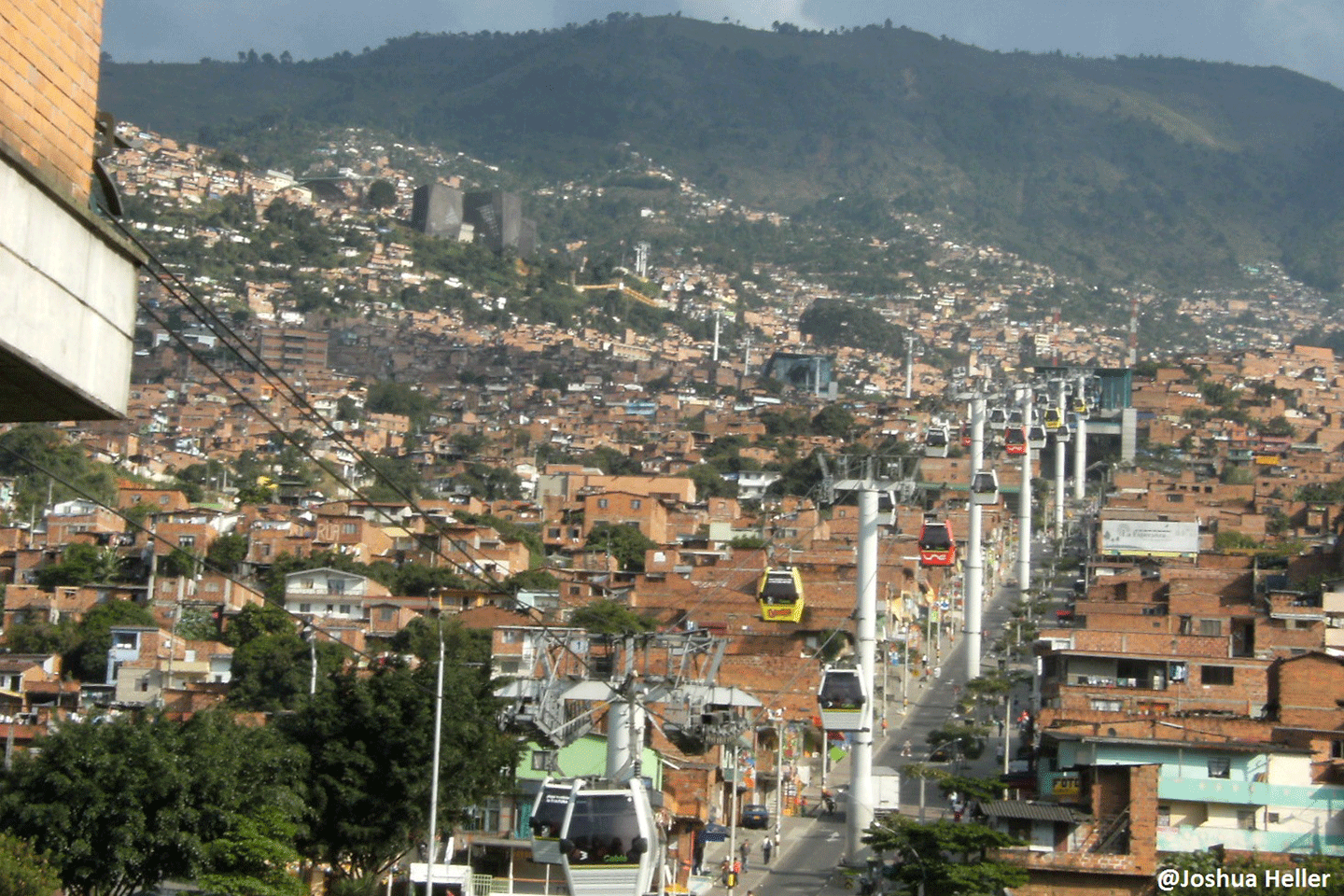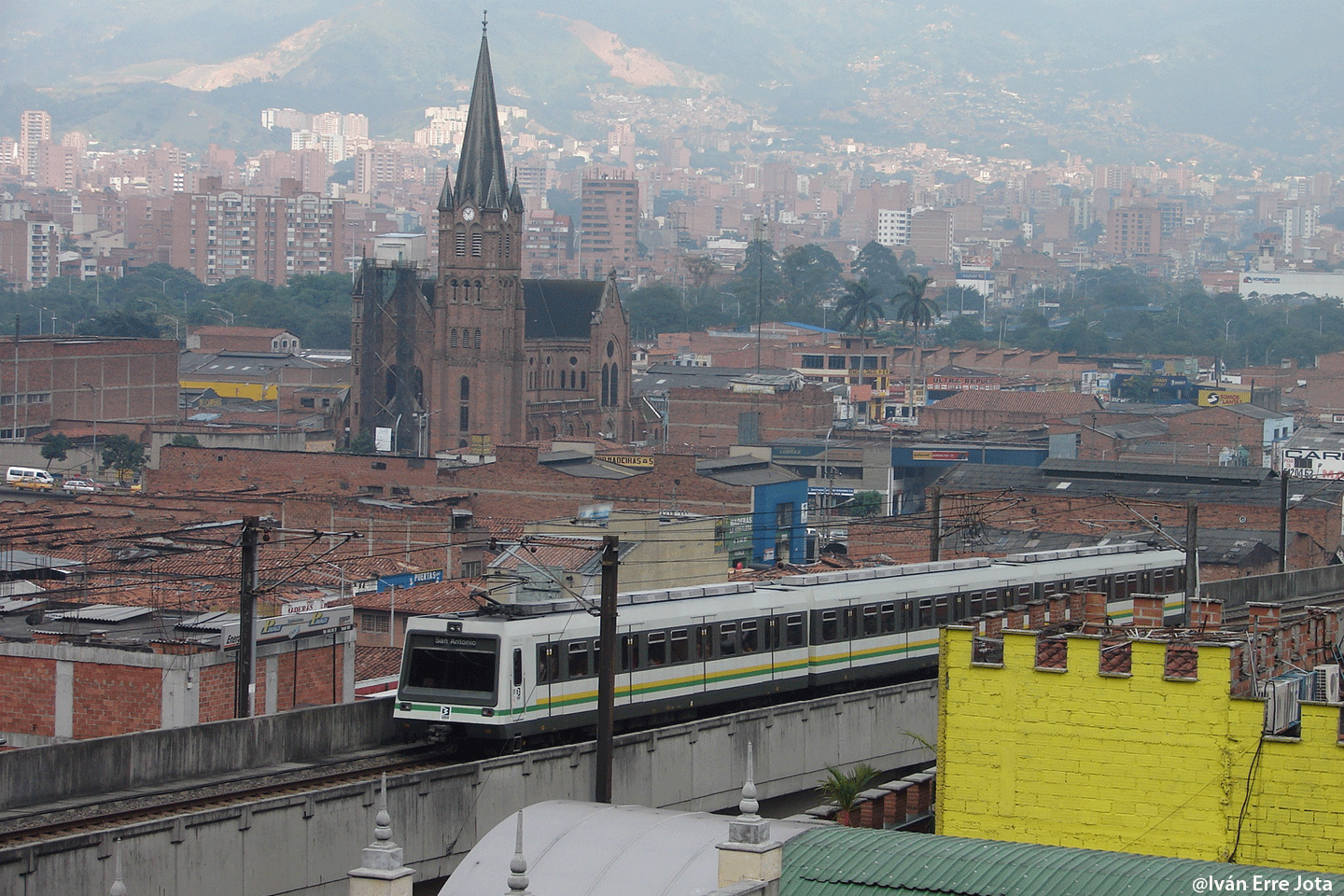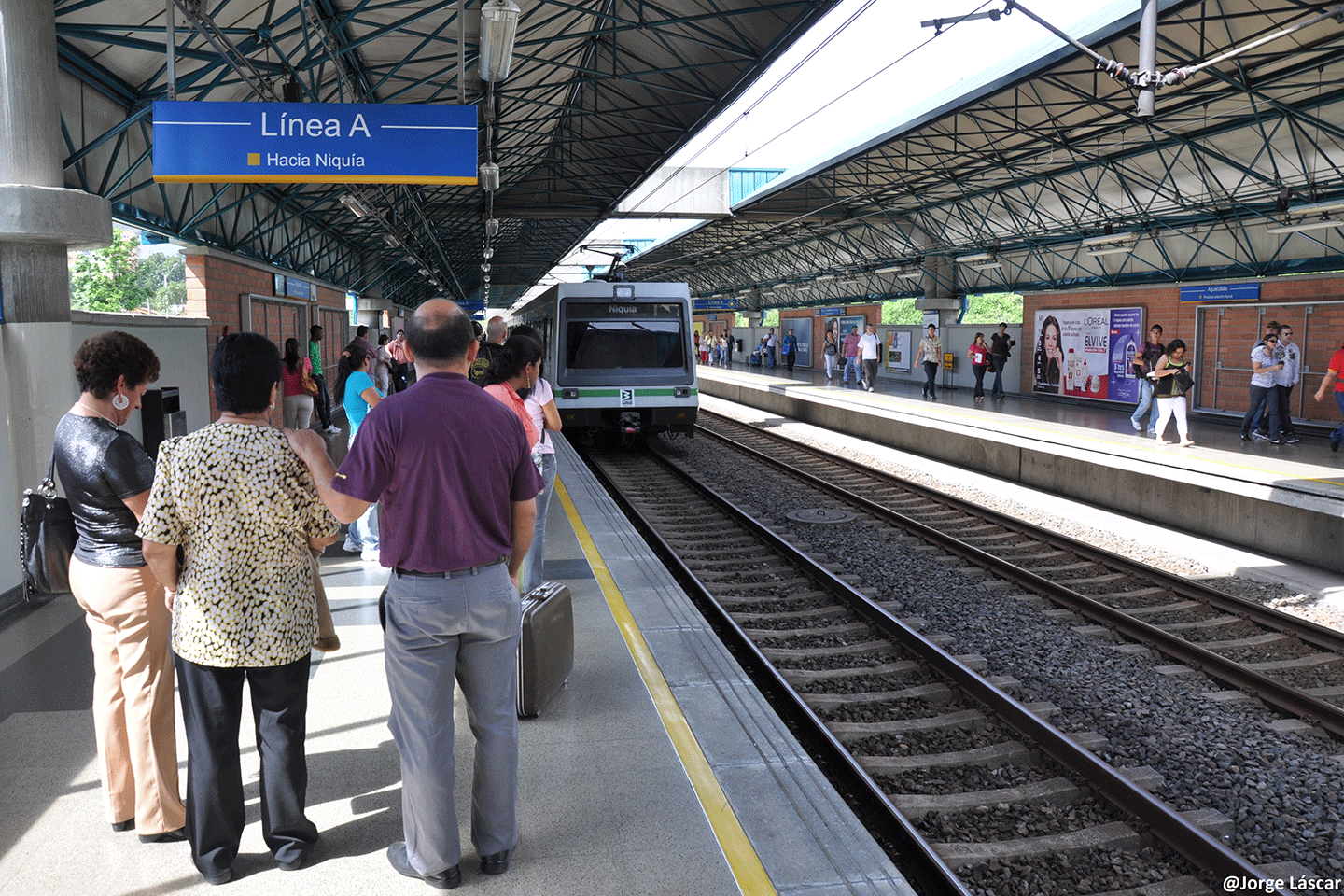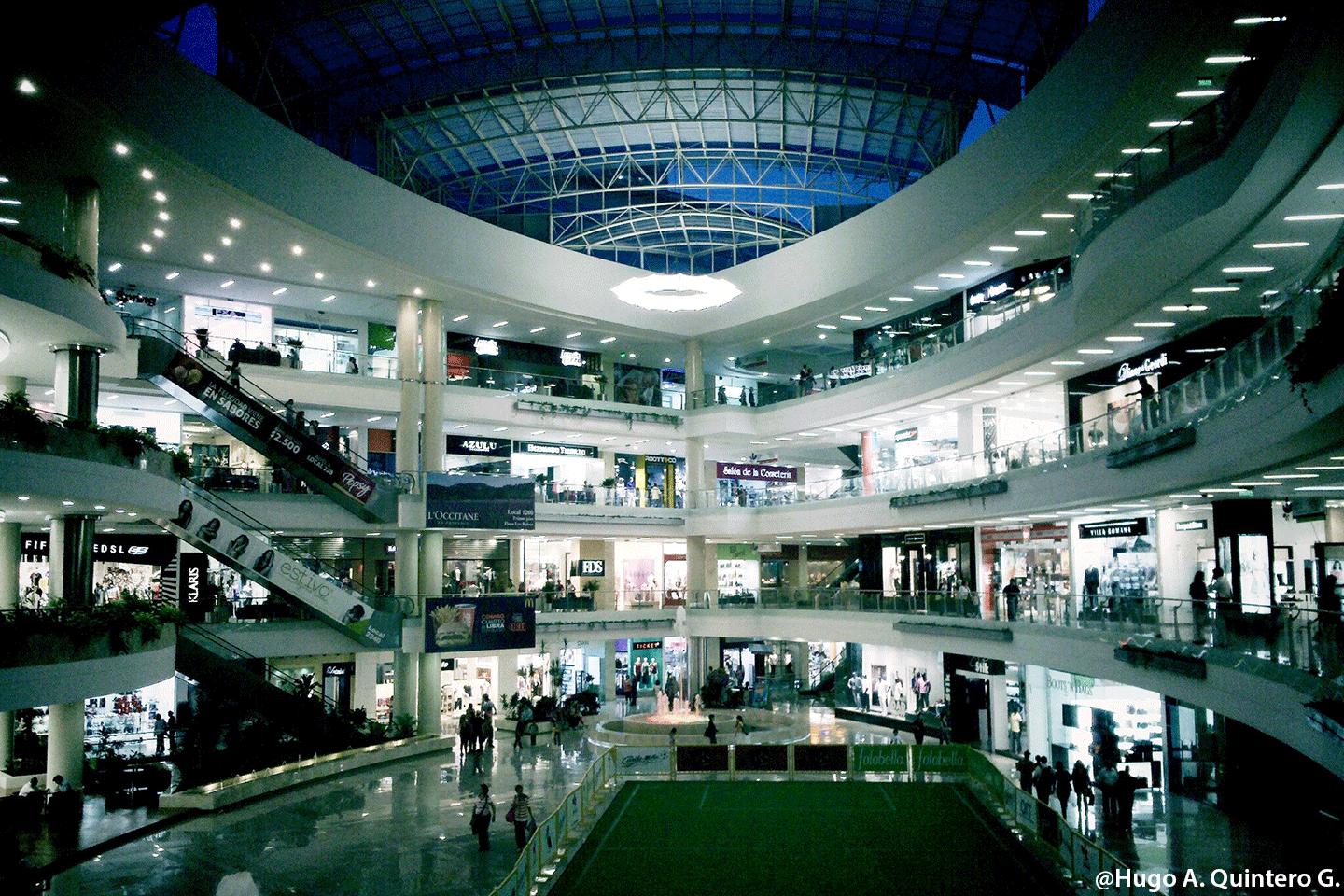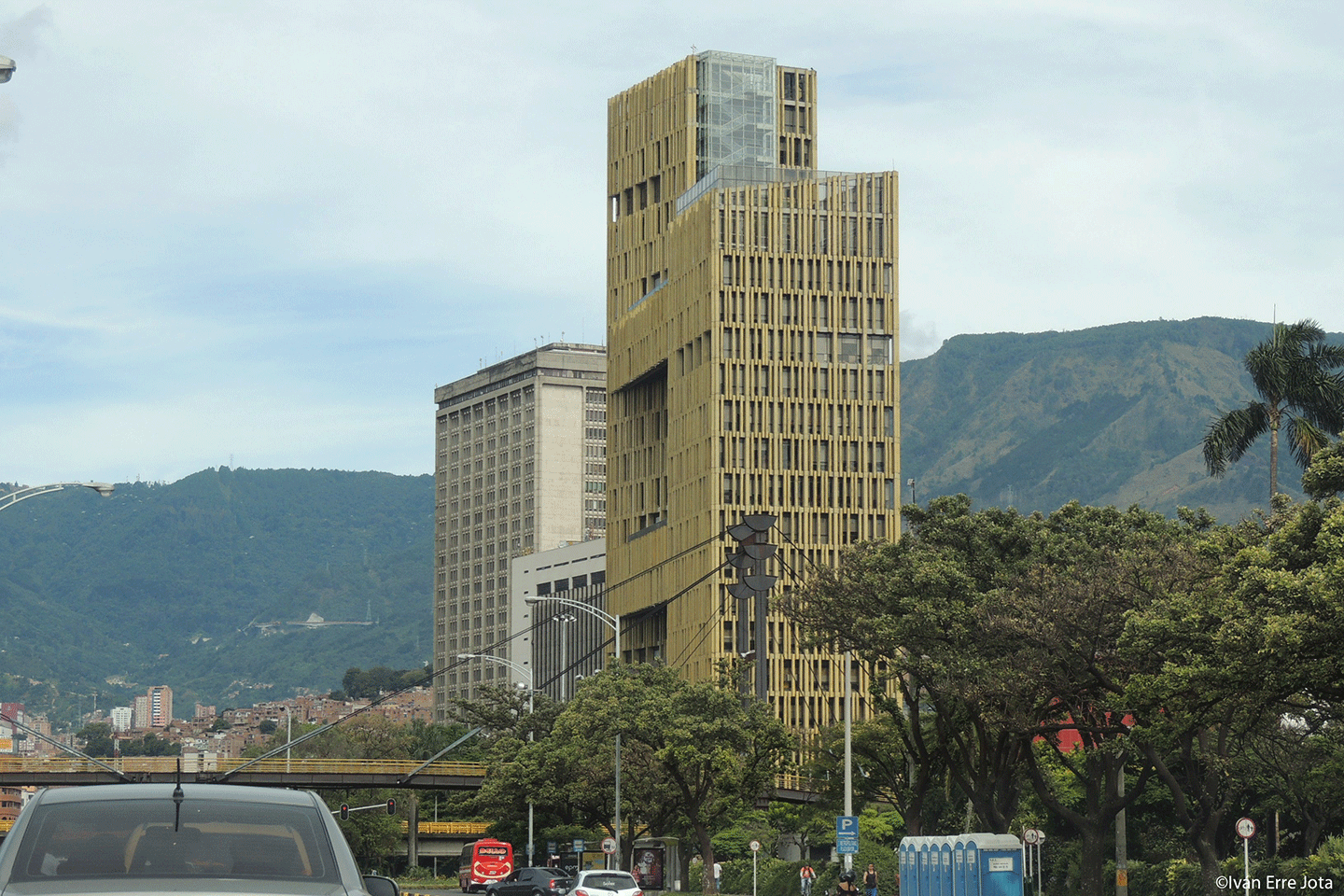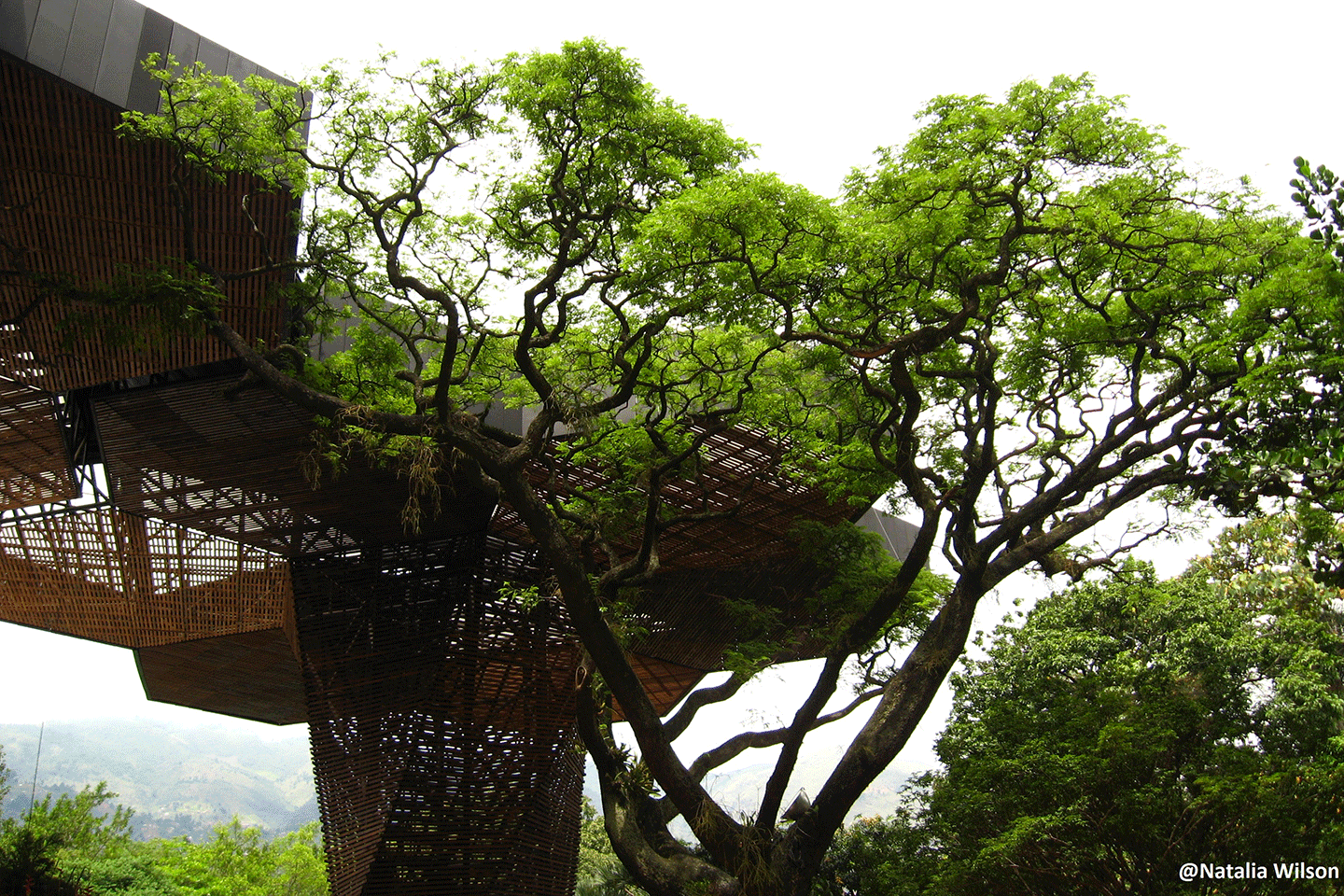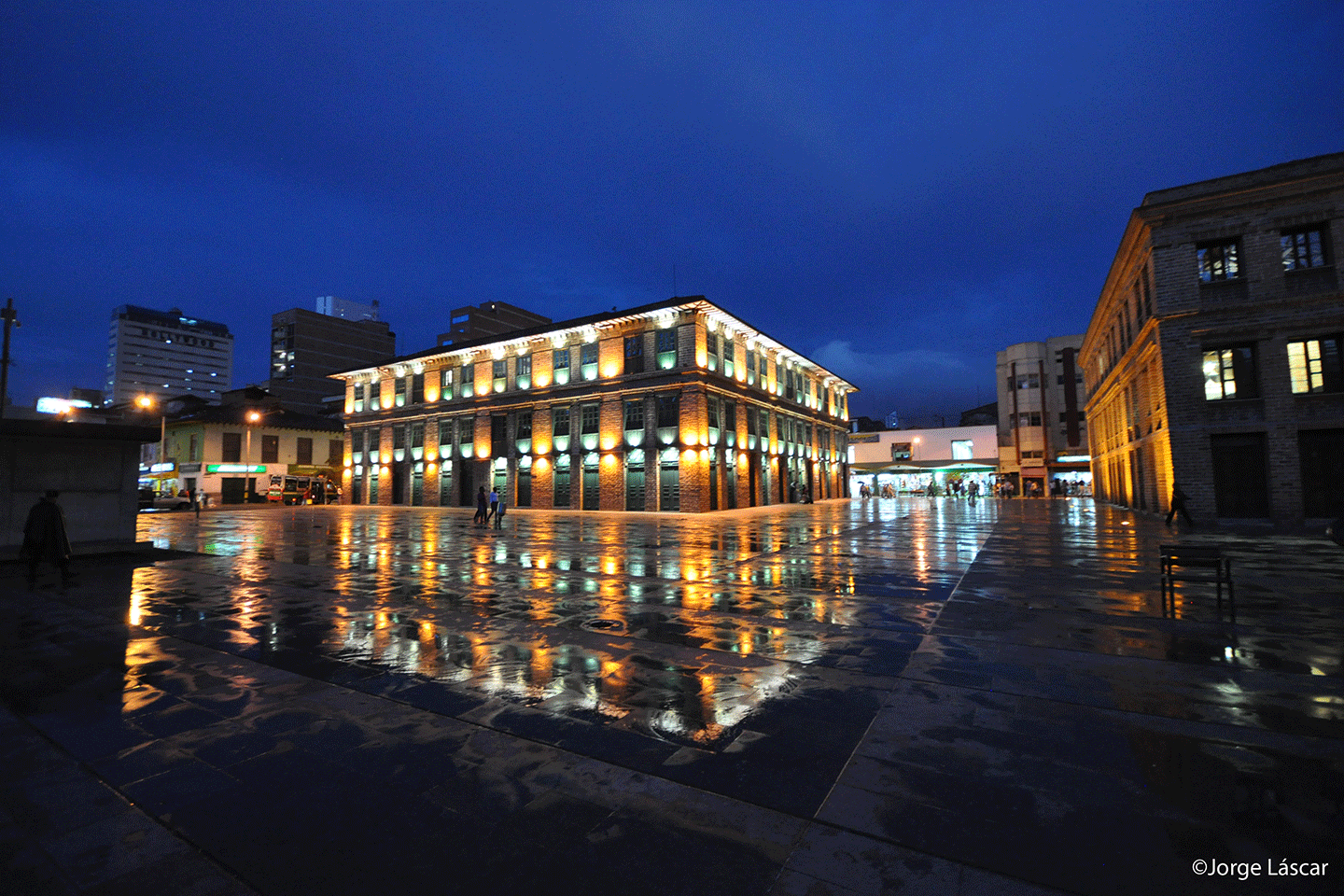Project Description
MEDELLÍN – INTEGRATED TRANSPORTATION SYSTEM VALLE DE ABURRA SITVA
Languages available: EN ES
Customizable tour: Yes
Recommended group size per guide: 25
Duration: 4 hours
DESCRIPTION – Medellín: Integrated Transportation System Valle de Aburra SITVA
Until the end of the 19th century, Medellin was a city of hikers, riders and carriages. At the beginning of 20th century, the buses started to be used; but, it was until the first year of the 60’s decade when they started to talk about a mass transportation system as a sustainable alternative, that it crossed the city parallel to the river and connected the Aburra Valley from north to south, in a complementary way to the avenues that began to be built in the middle of the century to modernize the city and provide an outlet for the products of the large industries that they were consolidated at that time. Then there was a need for the Metro to enter the city center, which required a viaduct that would transform the urban landscape.
In 1995, the Line A of the Metro was started up, running through the North bored valley (Niquía station) to the south (La Estrella station) and a year later, the line B, which extends from the center to the west. Then it became necessary to build cableway to overcome the difficult geography and integrate some communes or areas of difficult access with the Metro. Medellín was the first city in the world to implement a cable car system as a means of public transportation for full time, in addition to using it with social projection.
The tour of Line J begins in the commune 13, in the station San Javier and goes in the north direction to the station Aurora in the commune 7 Robledo.
Line K crosses communes 2 (Santa Cruz) and 1 (Popular), from the Acevedo exchange station on Line A of the Medellín Metro to the Santo Domingo Savio transfer station, which offers the possibility of exchanging with the line ( Arvi Park).
The Arví cableway, Line L is an aerial cable corridor that connects the Santo Domingo Metrocable Line K station with the Arví Ecotourism Park. It is the first tourist line of the Medellin metro and the fourth by air cable system, and began commercial operation in the month of February 2010.
Line M, which consists of three stations, from Miraflores (transfer with the tram) to Trece de noviembre, was inaugurated on February 9, 2019.
Line H of the metrocable was inaugurated on December 17, 2016 and has three stations from south to north: Oriente, Las Torres and Villa Sierra.
Currently, the P Line to the Picacho is under construction; with which the Metrocable System will complete its sixth line of service.
In December 2011, Metroplus works were delivered to the city between the University of Medellin and Aranjuez neighborhood, and it is currently in the process of extending this technology to the municipalities of Envigado and Itagui. Then in 2013, the feeder routes (buses that transport users from the neighborhoods to the stations of the Mass Transportation System of the Aburra Valley -SITVA, through fare integration.
The Ayacucho tram starts operating in 2016, almost on par with the M and Line H lines of the metrocable.
In this guided tour by one of our architects, you will know first-hand all the transformation that have generated in the city, the massive transport system of the Valley of Aburrá SITVA, made up of the Metro, the metrocables, the Metroplus, the tram, encicla and the SIT with its feeder bus lines.You will witness how this system has been decisive in the transformation of the city, building complementary infrastructures in the integration stations, generating new public spaces, coupling the urban buses system, changing the face to the neighborhoods, contributing with the Metro culture and becoming an engine of urban development.

